The Limitations of iPhone Bluetooth Range
In the wireless connectivity world, Bluetooth technology is the needed protocol to connect all your devices together, but it has limitations. The iPhone Bluetooth range is one of them, how far can you iPhone find devices? Let’s find out.
Despite its widespread adoption and convenience, the range of Bluetooth on the iPhone comes with limitations that users need to understand. This deep dive into the limitations of the iPhone's Bluetooth range will not only elucidate the technical constraints but also provide insights into overcoming some of these barriers.
Bluetooth technology operates on radio waves, and the iPhone typically uses Bluetooth Low Energy (BLE) for a balance between connectivity and battery preservation. The range of Bluetooth on an iPhone is theoretically up to 800 feet (240 meters) with Bluetooth 5.0 in ideal conditions, but several factors influence this distance in the real world.
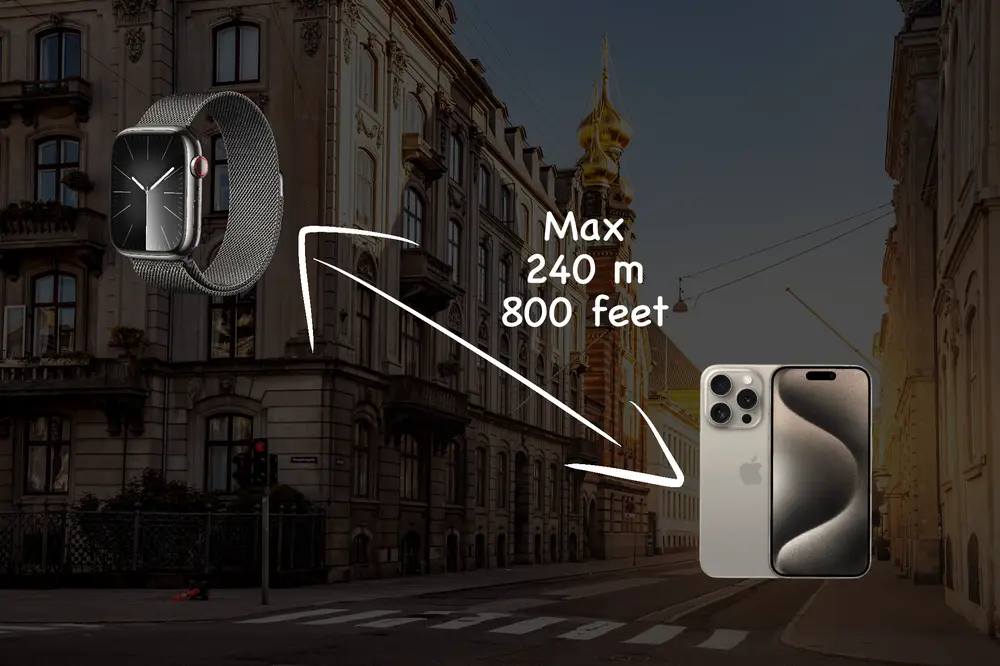
Factors Limiting Bluetooth Range
- Bluetooth Version: The range of Bluetooth on the iPhone hinges greatly on the Bluetooth version it supports. For instance, earlier iPhones with Bluetooth 4.2 have a shorter range compared to the latest models boasting Bluetooth 5.0. Easier to connect to Bluetooth devices with the latest version.
- Physical Barriers: Walls, furniture, and other physical structures can significantly attenuate Bluetooth signals, curtailing their range. Metal structures such as cars, and heavy walls have a heavy impact on Bluetooth range.
- Interference: Other wireless devices, Wi-Fi signals, and microwaves operate at similar frequencies and can interfere with Bluetooth connectivity. If you should not have any issue in your house, you might see a shorter Bluetooth range in a public location because of the high number of other wireless signals.
- Device Antenna: The design and positioning of the antenna within the iPhone also play a critical role in the effective range of Bluetooth signals. Therefore, some iPhone models can have a better Bluetooth range than others.
- Environmental Factors: Conditions like humidity, temperature, and atmospheric pressure can all impact radio wave propagation.
These limitations manifest in various ways. Users might experience intermittent connections with Bluetooth peripherals like AirPods or Apple Watch, especially when there are obstructions or they are near the edge of the signal range. In scenarios such as smart home setups or outdoor use, these constraints can pose challenges that necessitate strategic positioning of devices or reliance on additional connectivity solutions like Wi-Fi or cellular data.
Optimizing Bluetooth Range on iPhone
While one cannot alter the fundamental properties of Bluetooth technology, there are several strategies to optimize its range:
- Device Placement: Keep the iPhone and connected devices within a clear line of sight, minimizing obstacles.
- Software Updates: Ensure the iPhone is running the latest software version, as updates often contain improvements to Bluetooth performance.
- Accessory Choice: Opt for Bluetooth accessories designed to work with iPhone, as they are more likely to be optimized for range and stability. Prefer the use of Bluetooth devices in the Apple Ecosystem.
- Avoid Interference: Keep the iPhone away from other electronic devices that may cause interference.
The Role of Bluetooth 5.0 in Enhancing iPhone Range
Bluetooth 5.0 emerged as a game-changer in the landscape of wireless communication, particularly for iPhone users. This advanced version brought about marked improvements in range, speed, and broadcasting capacity compared to its predecessors. Specifically, for the iPhone, Bluetooth 5.0 has been designed to potentially offer four times the range, twice the speed, lower battery usage, and eight times the broadcasting message capacity over earlier versions.
One of the most significant benefits for iPhone users is the ‘Range’. Bluetooth 5.0 extends the limits of connectivity, promising to maintain a robust link between devices even when they are far apart, reducing the frequency of disconnections. Bluetooth Remote shutters can be used even if you are 30 feet away from your iPhone. However, it's important to note that these figures are under optimal conditions—clear line of sight, minimal interference, and at maximum power output—which are often not the case in everyday scenarios.
Despite these advancements, Bluetooth 5.0 on the iPhone still operates within the constraints of real-world environments. Physical barriers, signal interference, and the varying capabilities of connected devices all play a role in the actual range experienced by users. Nonetheless, when paired with compatible devices, iPhone users can enjoy a more stable connection with fewer interruptions, even when moving about their homes or offices, they can still print on their Bluetooth printers.
Future Developments in Bluetooth Technology for iPhones
Looking ahead, the evolution of Bluetooth technology presents an exciting frontier for iPhone connectivity. Apple is known for pushing the envelope of wireless technology, and with Bluetooth, the future holds promise for even more seamless and expansive coverage. Who knows how far they will push the Bluetooth technology with the development of the Apple Vision Pro.
Research and development in the field of Bluetooth technology are focusing on increasing data transmission rates, enhancing security protocols, and further improving power efficiency. One of the most anticipated advancements is the potential integration of directional Bluetooth technology. This could allow the iPhone to establish a more focused and directed connection with devices, potentially bypassing some of the traditional barriers that impede signal strength.
Furthermore, the concept of Bluetooth mesh networking holds significant potential for the iPhone ecosystem. This technology would enable devices to act as relays, extending the range of Bluetooth connectivity beyond the pairwise links traditionally used. Mesh networks could transform smart home connectivity, providing a web of interconnected devices without relying on Wi-Fi or additional extenders.
Another area of interest is the development of more intelligent, adaptive Bluetooth systems that can dynamically adjust their parameters for optimal performance in response to the user's environment. These systems could switch frequencies, adjust power output, and even alter data transmission rates to ensure consistent connectivity.
If Bluetooth performance can still be increased in the future, Apple is also using different kinds of connectivity protocols. Depending on the usage, your iPhone can also use Wi-Fi to communicate with your Apple Watch, or UltraWideBand, for the newest iPhone, to locate your other Apple devices, and your iPhones friends.
Conclusion
The range of Bluetooth technology on the iPhone, while sufficient for most day-to-day activities, comes with inherent limitations. These boundaries are dictated by the interplay of technology standards, physical environments, and user behavior. By understanding these limitations and adopting best practices to mitigate them, users can maximize their iPhone's Bluetooth potential.
The main issue with Bluetooth remain the data transfer speed, that’s why most of the Bluetooth backup camera actually rely on Wi-Fi to stream the video.

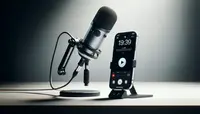
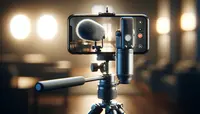
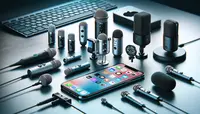

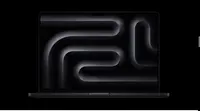

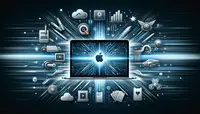
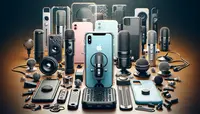

Post your comment